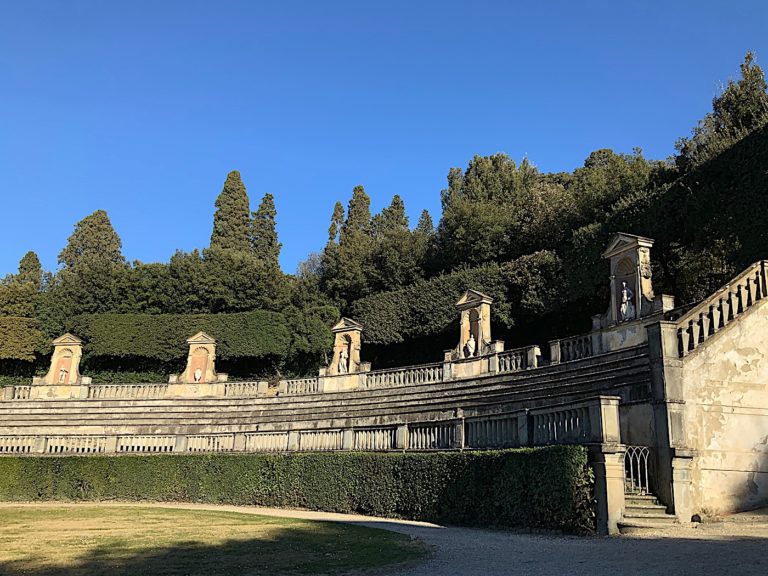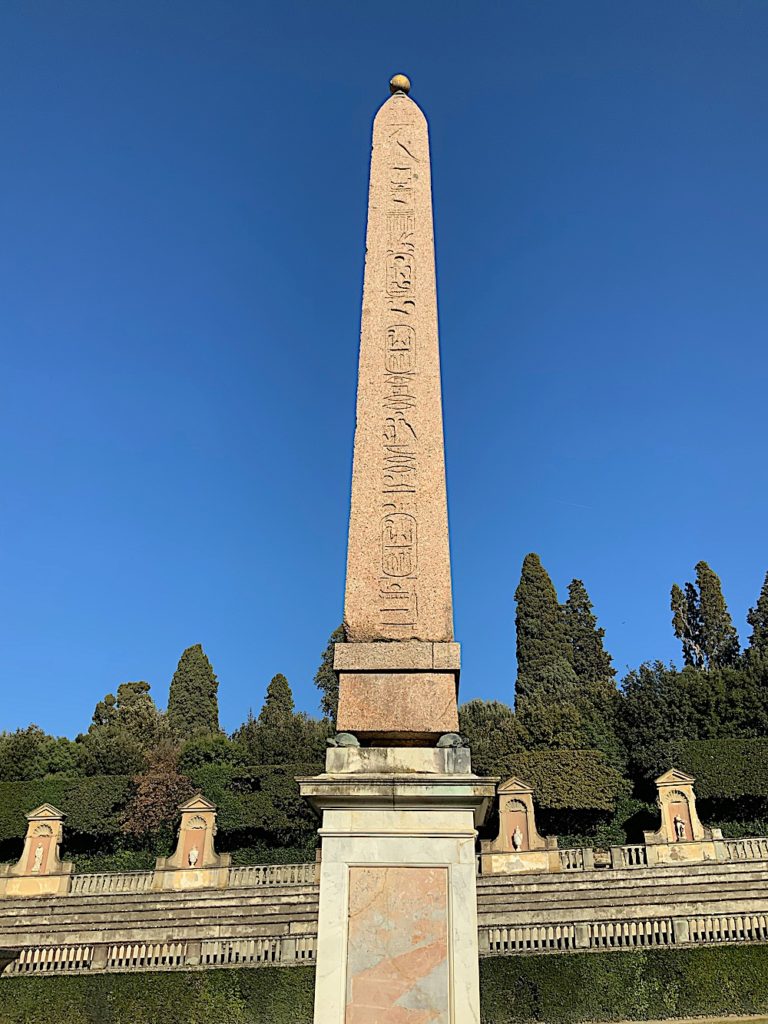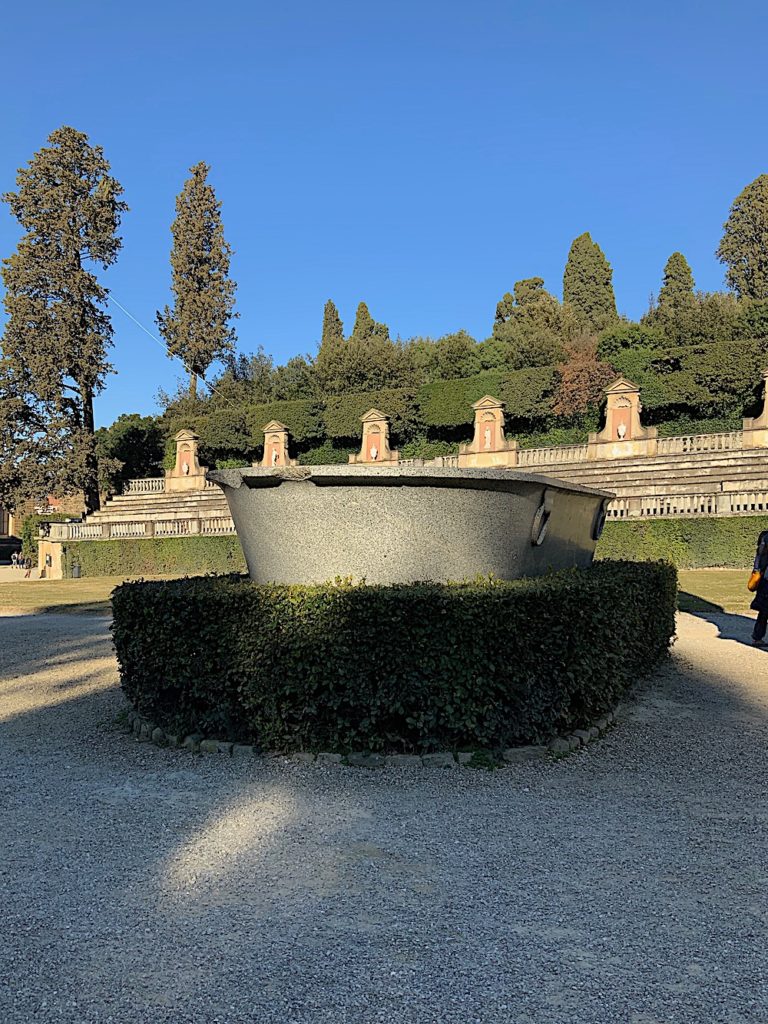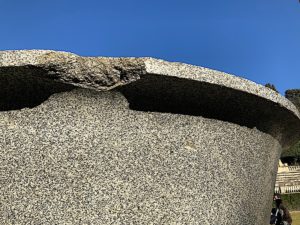
Age
1550
Designers
Niccolò Pericoli (Tribolo), Giulio Parigi and his son Alfonso il Giovane, Nicolas Jadot, Giuseppe Cacialli
The amphitheatre is part of the Giardino di Boboli and is located exactly in the area were the Pietraforte Sandstone, used for the construction of Palazzo Pitti, was excavated. The project of trasforming the quarry in a “green theatre area” is due to Tribolo; the first works began in 1550 but later the area was enriched and reworked several times by the architect Giuseppe Cacialli until it had the current configuration. Initially, in the middle of the amphitheatre there was the Fontana dell’Oceano, later moved to allow performances and games to take place. The trasformation of the structure, by Giulio Parigi and his son Alfonso il Giovane, from temporary to permanent took place in 1629. The bleachers were added in 1599, the newsstands with the statues in the period 1630-1634; the Egyptian obelisk, which probably dates back to 1300-1550 b.C., was placed in the amphitheatre in 1790 while the bathtub was added in 1840.
The bleachers of the amphitheatre were made of Pietra Serena Sandstone, the balustrades of Pietra Serena Sandstone, the statues of white Marble; the obelisk consists of pink Granite and rests on a base covered by white Marble and a metamorphic Breccia; the big tub was carved into a single block of grey Granite.



